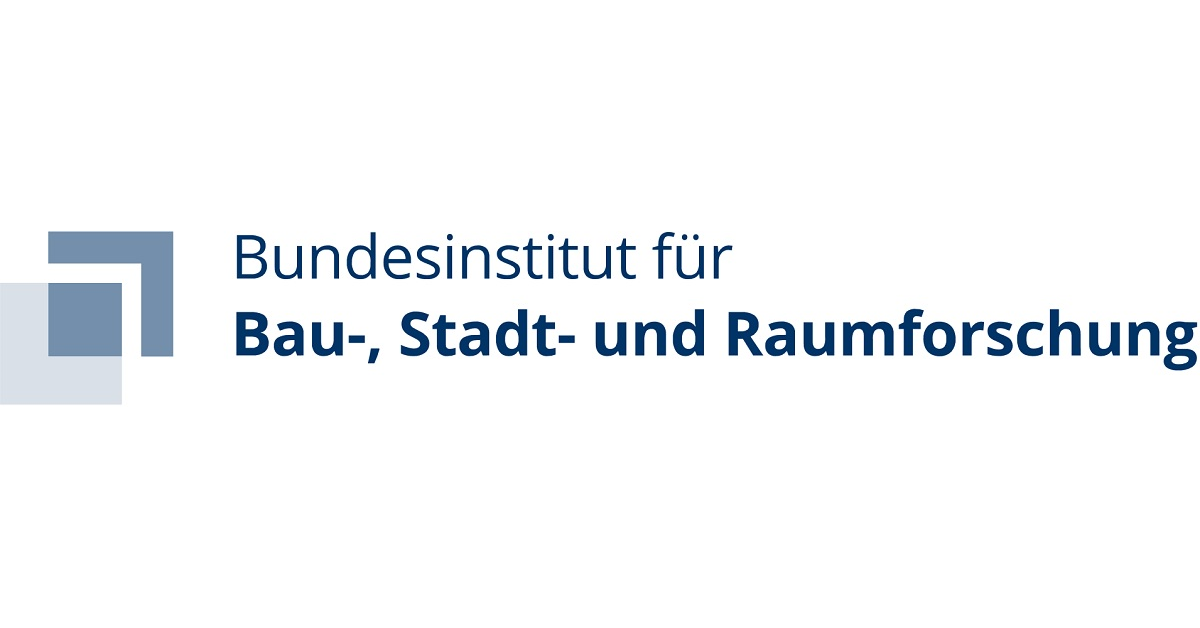Climate neutrality through networking in neighborhoods
Analysis and tool development
for the development of transformation pathways to climate neutrality with the help of
low-temperature networks in neighborhoods.
Project background
The transformation to a climate-neutral to a climate-neutral building stock is still faltering, even despite the largely researched technologies. Based on current research into the potential for climate neutrality in neighborhoods, obstacles can be derived from two shortcomings:
1. decision-making processes, in which numerous influences and circumstances are and optimized with the goals of resource conservation are complex and
2. the potential for district optimization is rarely exploited. exploited.
The KlimaNetz project addresses these two shortcomings and proposes the development of a tool for the transformation and optimization of neighborhoods.
Project objective
The aim of the project is to develop a tool that tool which, instead of serial analysis and concept development for individual buildings buildings, it presents synergies through the networking of buildings and suggests ways of suggests ways of implementation.
It is intended to demonstrate the potential of local low-temperature heating networks for neighborhoods in order to enable the integration of environmental energies for heat supply in the building network and to simultaneously increase efficiency through building refurbishment in a cost-efficient and as user-friendly as possible in coordination with the configuration of the network.
Project procedure
The project is divided into the following steps: analysis, modeling and simulation simulation, scenario development and optimization as well as the subsequent parameter study with tool development.
After researching and selecting existing neighborhoods, various building types and characteristics are different building types and characteristics are mapped in the modeling in order to produce to develop load profiles with a high temporal resolution in simulations. Based on this different configurations for covering energy demand from locally available locally available, renewable energy sources and storage technologies and storage technologies and mapped in scenarios for the transformation to a climate-neutral.
From the interaction between building refurbishment and energy supply and distribution, optimal solutions are -distribution, optimal solutions are identified and a roadmap for the transformation to a climate-neutral neighborhood. The effects of of parameters on energy system efficiency and CO2 reduction are being systematically and basic data for the use of a neural network are obtained, to derive the relationships between the input parameters and the configuration of the energy system of the neighborhood.
This forms the basis for the development of a tool that users can use to specify a neighborhood to develop an optimized solution and a roadmap for the transformation of the neighbourhood.
Innovation
Within the project, a user-friendly tool is being developed with which property owners or operators of local local heating networks the optimal solutions for the conversion of a climate-neutral neighborhood, taking into account the specific configurations and boundary boundary conditions of the respective neighborhood.
In addition to the gradual conversion of the building stock , the network is also intended to create the possibility of to achieve the minimum share of renewable energies in the energy mix announced in the coalition agreement for 2025 of 65% renewable energies in the heat supply of new heating systems.Overall lead for THRO input
Sub-project lead
Project staff
Project duration
2023-11-01 - 2026-01-31Project management agency

Project funding
Funding programme
Innovationsprogramm Zukunft Bau


